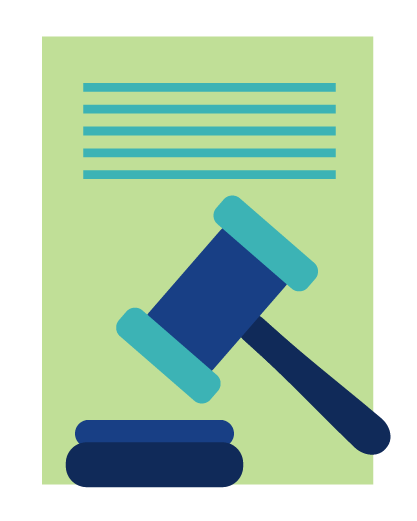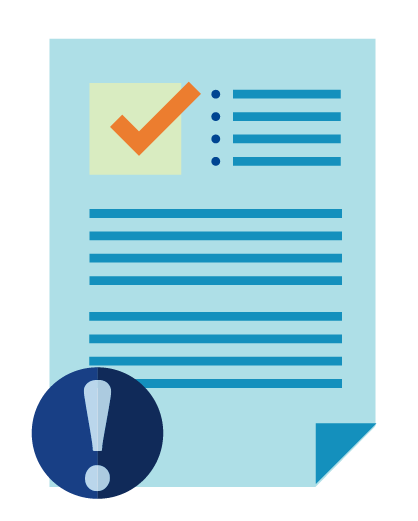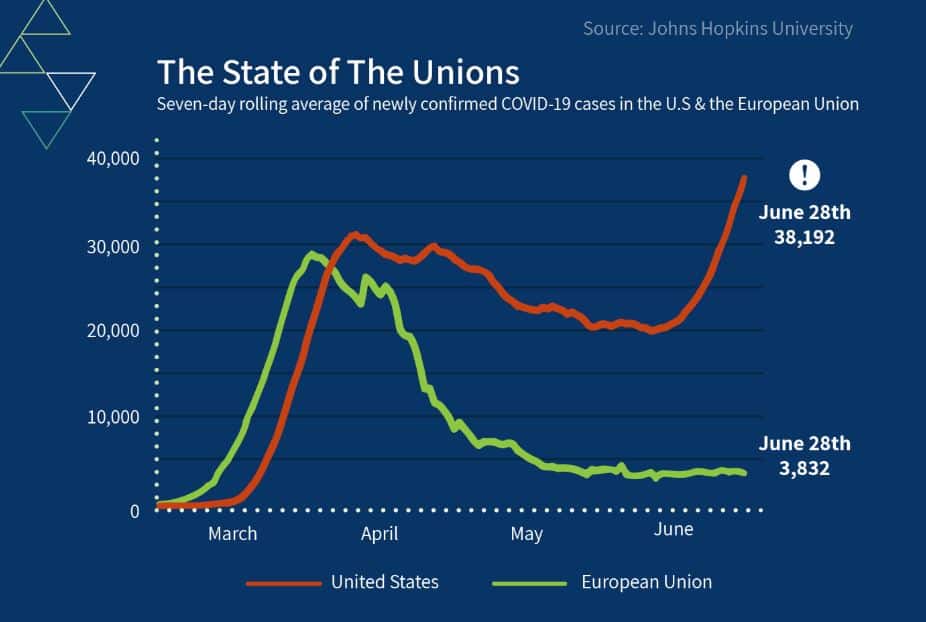COVID-19 Second Wave
Risk Mitigation:
Return to Work Negligence Is a Risk Waiting to Happen
Steven Minsky | July 2, 2020

Bonus Material: Free Coronavirus Return To Work Checklist
Firms Can Turn To Software to Protect Employees, Customers and Prevent Liabilities
Current Situation:
While several other countries are seeing a steady decline in COVID-19 cases, here in the U.S. we are seeing headlines like ‘Apocalyptic’ virus surges feared in major US cities.
States where protocols were most strict are seeing their curve mirror the more successful countries, while total U.S. cases surge overall due to a lack of re-opening protocols. This dichotomy across the country is a result of the federal government deferring most of the responsibility for COVID risk and BCP plans to individual organizations.
While there is too much risk for infection to reopen safely, there is also too much economic damage not to re-open — which has triggered waffling and changes to the prior closure and reopening directives. It is unlikely that the government will have funds for another shelter-in-place phase, and a vaccine is not likely to be widely in use enough to make a difference until the 2nd half of 2021, further complicating an already difficult situation.
Here is a comparison of the curves of the daily new COVID-19 cases in the U.S. vs Europe for the 1st wave on a common timeline:
Covering similar population sizes and a similarly broad geography shows the difference in effectiveness in managing COVID-19 in the 1st wave.
This graph is a warning sign requiring a change in return to work now and better preparation for a second wave in the fall.
With the U.S. federal government largely leaving COVID-19 response to the states, corporations and organizations have a larger role to play in protecting their customers, vendors and employees.
Introducing The European Risk Assessment Approach
How was Europe able to more successfully bend their curve while reopening their economies?
The governments of Europe require organizations to conduct and publish a risk assessment to their stakeholders along with their associated policies, controls and monitoring activities as the foundation of their return to work programs as can be seen here.
Corporations around the world are under the scrutiny of the See Through Economy. For example, Volkswagen UK published their risk assessments under this mandate with the evidence that they have implemented 250 comprehensive and wide-ranging hygiene and social distancing guidelines –determined from their risk assessment they conducted — to enable a sustainable safe return to work program.
In this corporate example, the consequences for exposing their 1700+ employees to a potentially deadly virus (that in turn might have the consequences of impacting thousands of family members and tens of thousands of people in their community) reminds us all of the importance of our mission that goes beyond the safety and wellness of our customers and employees.
As I wrote about in an article that was recently had published in Treasury & Risk Magazine, 3 Steps to Prepare for Reopening—and for Covid-19’s Second Wave | Treasury & Risk; taking a risk-based approach to re-opening is essential in ensuring business continuity and mitigating risk of negligence.
Corporations publishing their risk assessment as mandated at the government level is a large contributor to why their story is playing out very differently than ours in the US – despite starting out on very similar trajectories.
Return To Work Complications:
Roughly 85% of critical infrastructure and key resources in the U.S. are owned by the private sector.
The liability of lawsuits and penalties due to negligence over the next year warrants a sustainable approach to risk management.
It will be more important than ever to collect evidence that the risk mitigation outlined in company policies are being conducted by all employees equally in all facilities.
We have already seen more than 1,300 lawsuits against companies for failing to keep their employees and customers safe. The beginnings of this with the Las Vegas Strip hospitality workers suing the casinos for failing to keep them safe. Any customer can claim negligence of any corporation for failing to provide evidence of adequate enforcement of their return to work policy and local, state, or federal guidelines. Shareholders have been shown to be not far behind in seeking protections from the fallout of this negligence.
Although risk management software cannot guarantee that no one will get infected at their workplace, it does assure companies will avoid lawsuits, reputation damage and regulatory penalties.
There are other complicating factors within the organizations themselves that get in the way of sustaining a successful return to work program and longer term strategy.
Beyond a lack of consistent enforcement, spiking infections and shifting regulatory requirements, nobody has ever done this before. Roles are unclear and undefined. Some organizations have cross-functional task forces consisting of Risk, Facilities, Operations, HR and Audit Executives. Some have tasked their HR department with figuring it out alone.
There is also a great risk in thinking about this as a short term project; “bring people back and project done.”
This just isn’t the way it will play out. Lawsuits have already begun and will continue, driving losses for corporations for negligence holding an employer legally responsible for COVID infections. In addition to the legal liability, the reputational damage as backlash from the See Through Economy will be severe.
COVID-19 will be a threat for a long time to come, and all programs within an organization need to account for additional waves of the virus.
Without Risk Management software, many organizations are turning to paper records for sanitation documentation or entry logs for contact tracing. These have no timestamp and will not stand up as evidence that protocols were followed correctly at any given point in time.
Leveraging Risk Management software as part of this program is the only way to both ensure and prove compliance with regulatory requirements. It also substantially removes bottlenecks and optimizes all channels of tracking and communication.
You may also like: Coronavirus Guides
COVID-19 Second Wave Risk Mitigation Solutions:
Return to work planning should be thought of in connection with a longer term strategy for operating your business through additional waves — not simply an exercise in capturing employee temperatures and visitor logs. This is also the case when it comes to return to school Covid 19 plans too.
The 6 categories below are essential elements to this return to work planning and form the basis for our complete return to work solution software:
Return To Work Solution #1: Risk Assessment

- What happens if a large proportion (say, 40%) of the company’s staff are out sick at the same time?
- Where are all our suppliers located? Where are their suppliers located? And which ones are critical to our business continuity?
- What new distancing strategies does the company need to implement to ensure on-site protection?
- What procedures are necessary to minimize litigation risk should an employee or customer fall ill?
The risk assessment should also identify all control measures that the organization has put in place to manage and mitigate the risk of the virus. It must include information about who will monitor these control activities, and how, to ensure that stakeholders are following specified policies at all locations. After developing their COVID-19 risk assessments, you need to publish the details to demonstrate that you take the health of your workers, customers and broader community seriously.
Return To Work Solution #2: Jurisdiction Requirement Tracking

Return To Work Solution #3: Employee Wellbeing and Incident Management

It is also important to automate the process. Leverage an encrypted webform to collect employee COVID positive test information with routing rules and workflows. This will ensure compliance with privacy laws on Personally Identifiable Information (PII), Personal Health Information (PHI) and General Data Protection Regulation (GDPR) requirements.
Return To Work Solution #4: Alternate Workplace and Resource Allocation

Return To Work Solution #5: Incident Reporting and Entry Log Requirements

Return To Work Solution #6: Physical Workplace Procedures and Incident Reporting

Covid-19 Second Wave Risk Mitigation: Summary
To summarize, companies can play their part in ensuring Coronavirus return to work goes both smoothly while properly protecting their company against negligence and reducing the spread of the virus.
If you are looking to better prepare you organization during this time then our free return to work checklist is a great place to get started.

